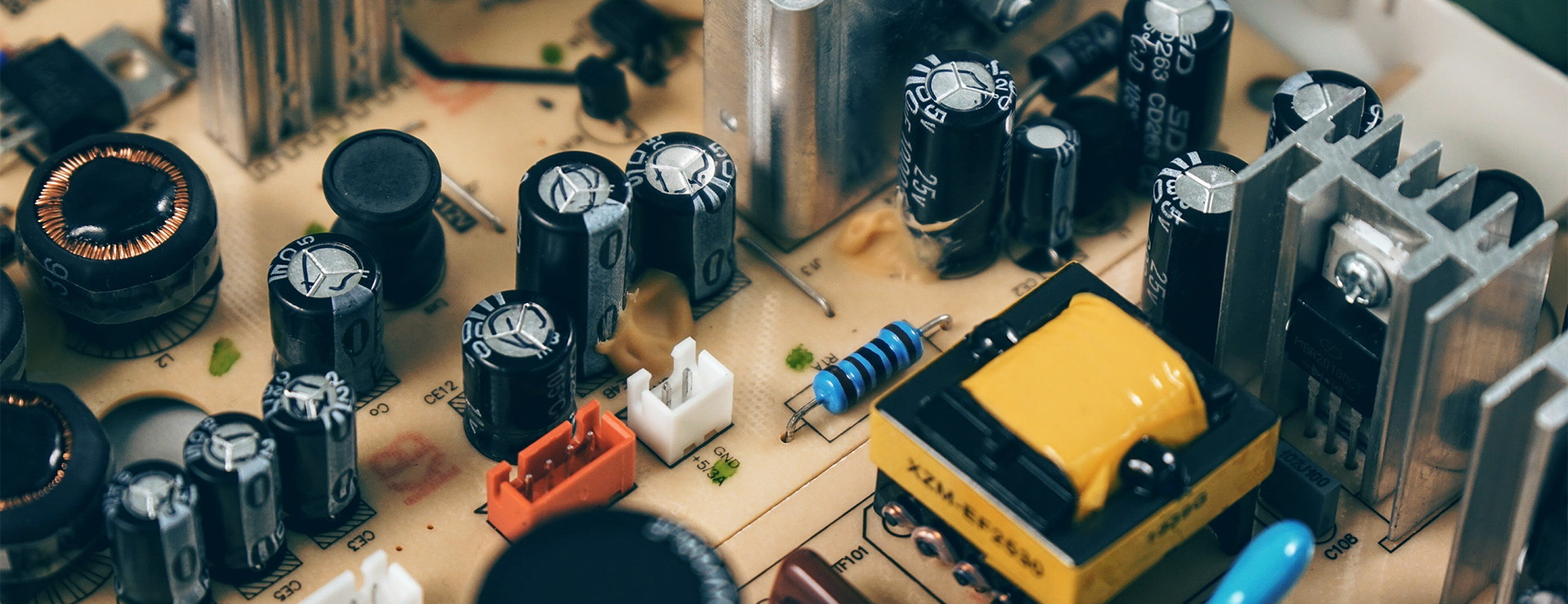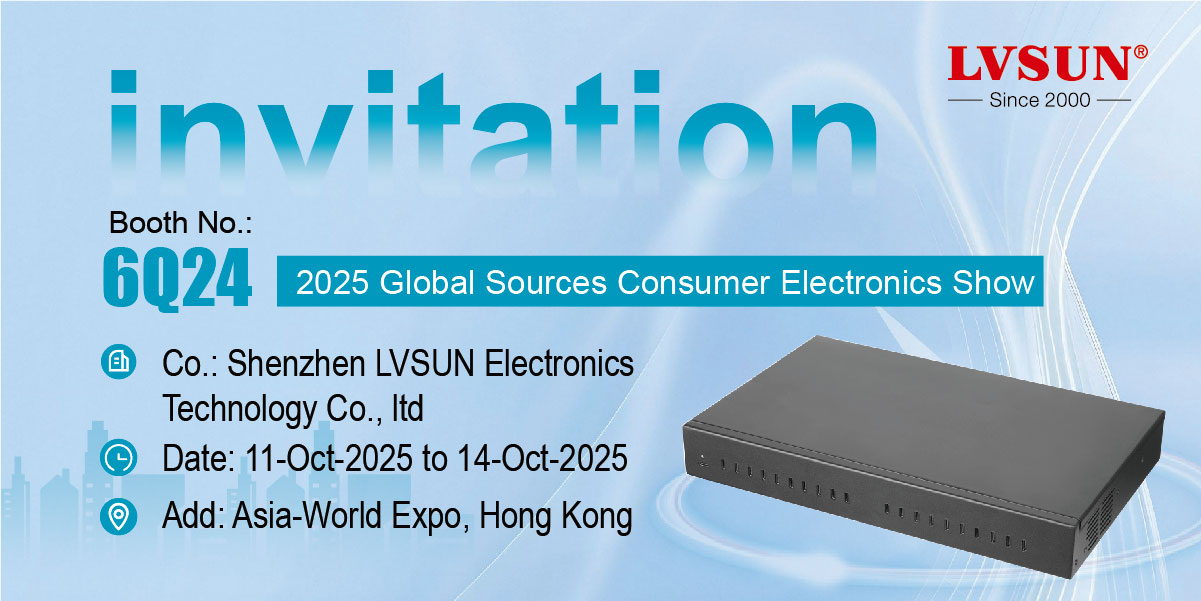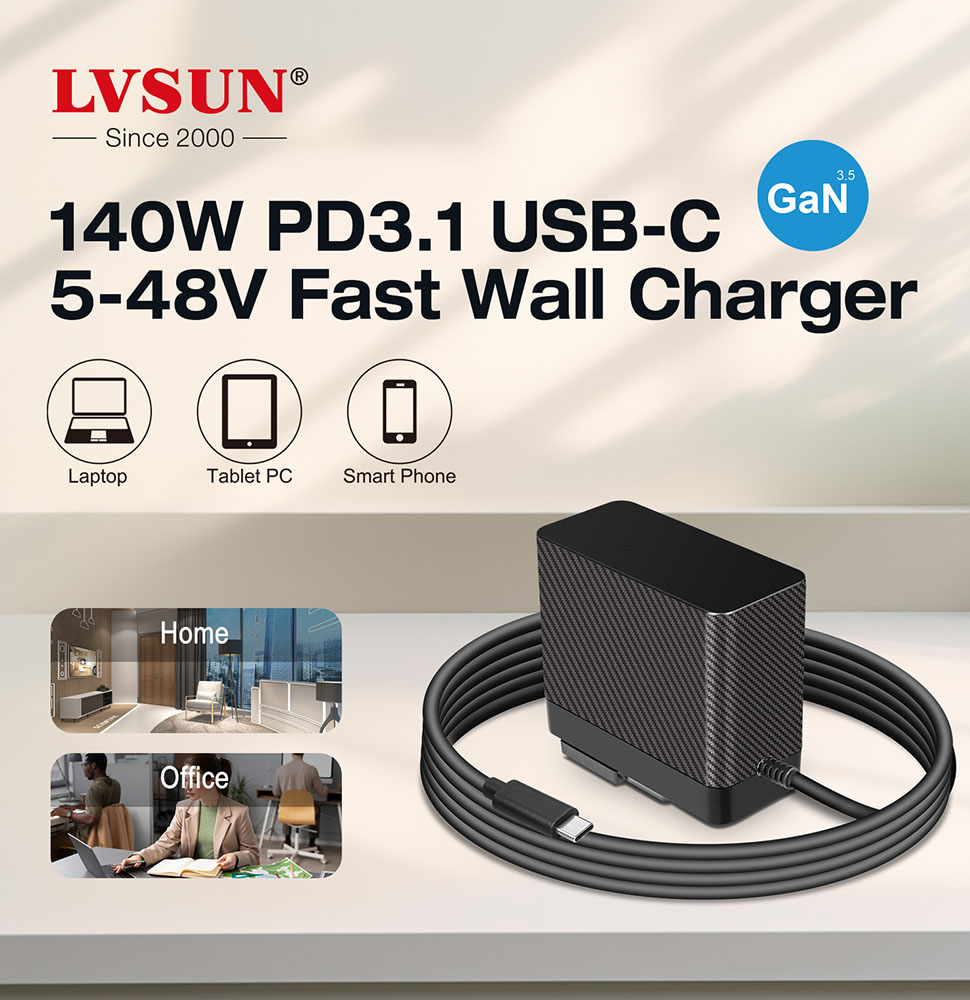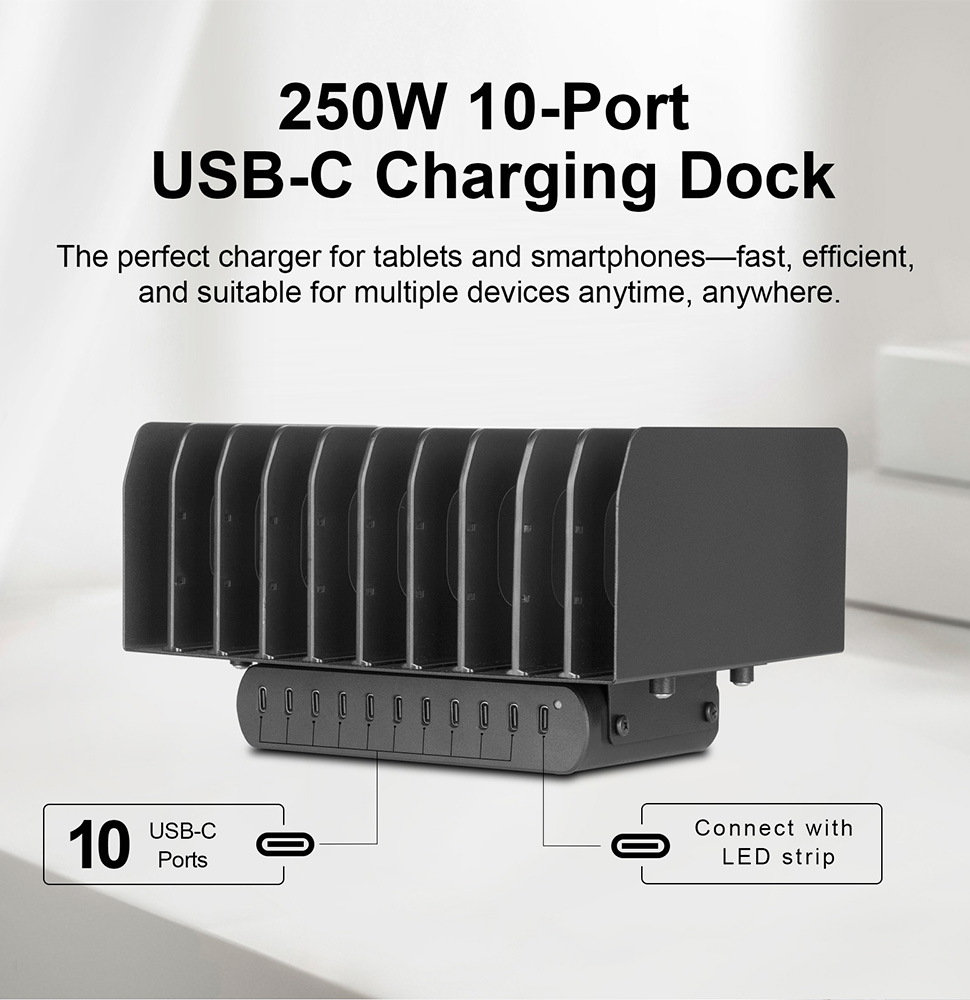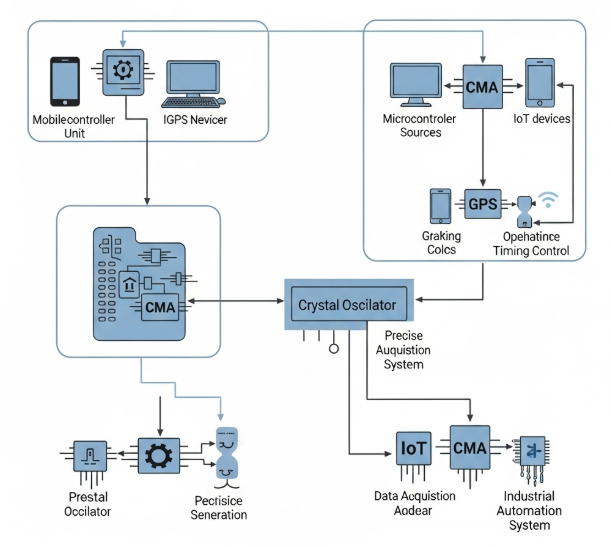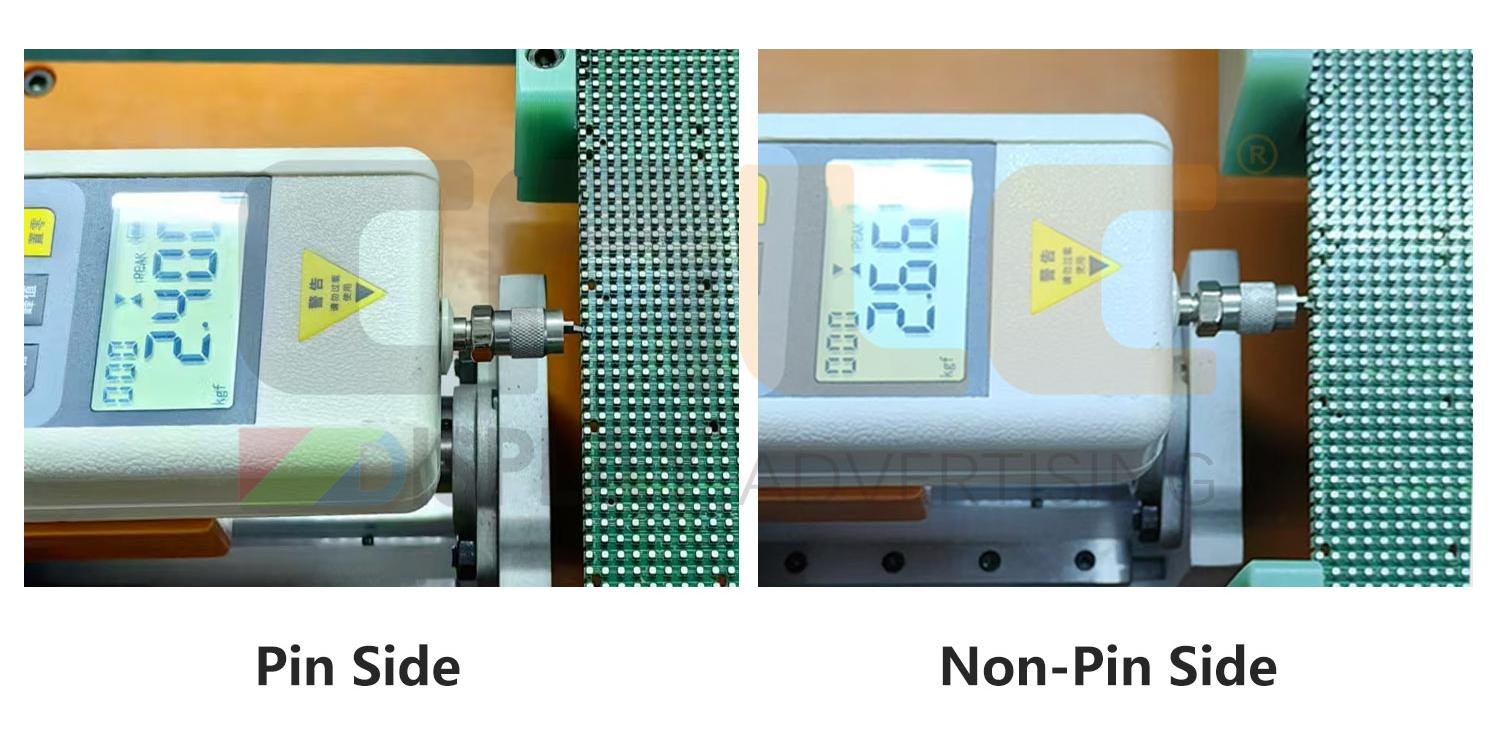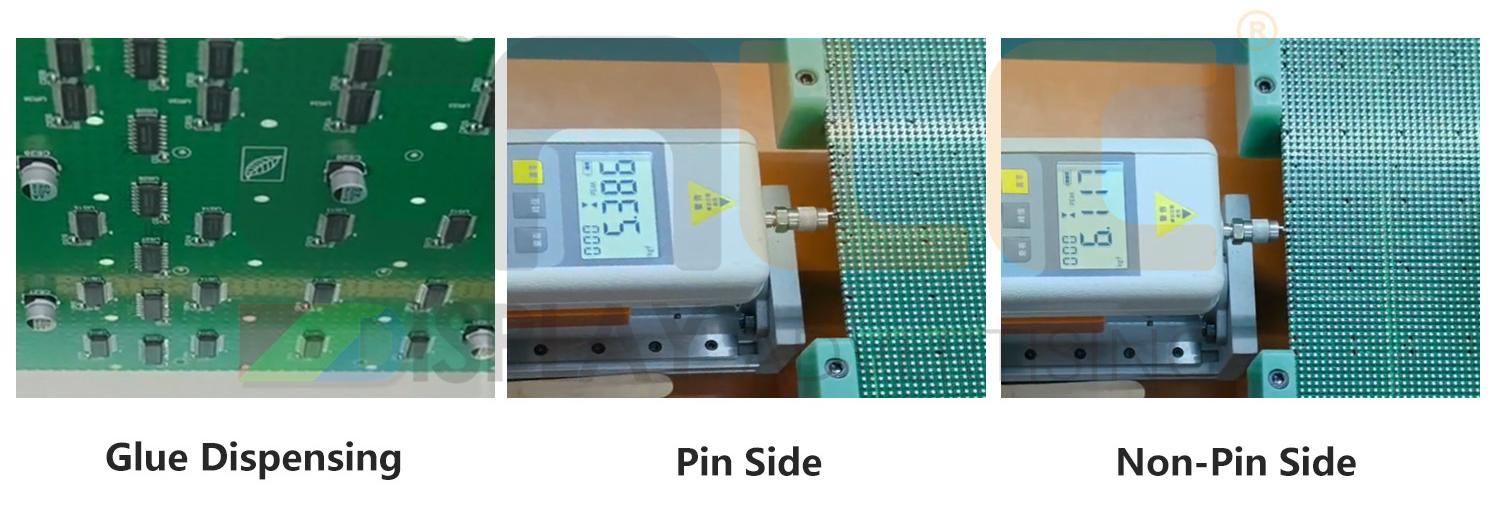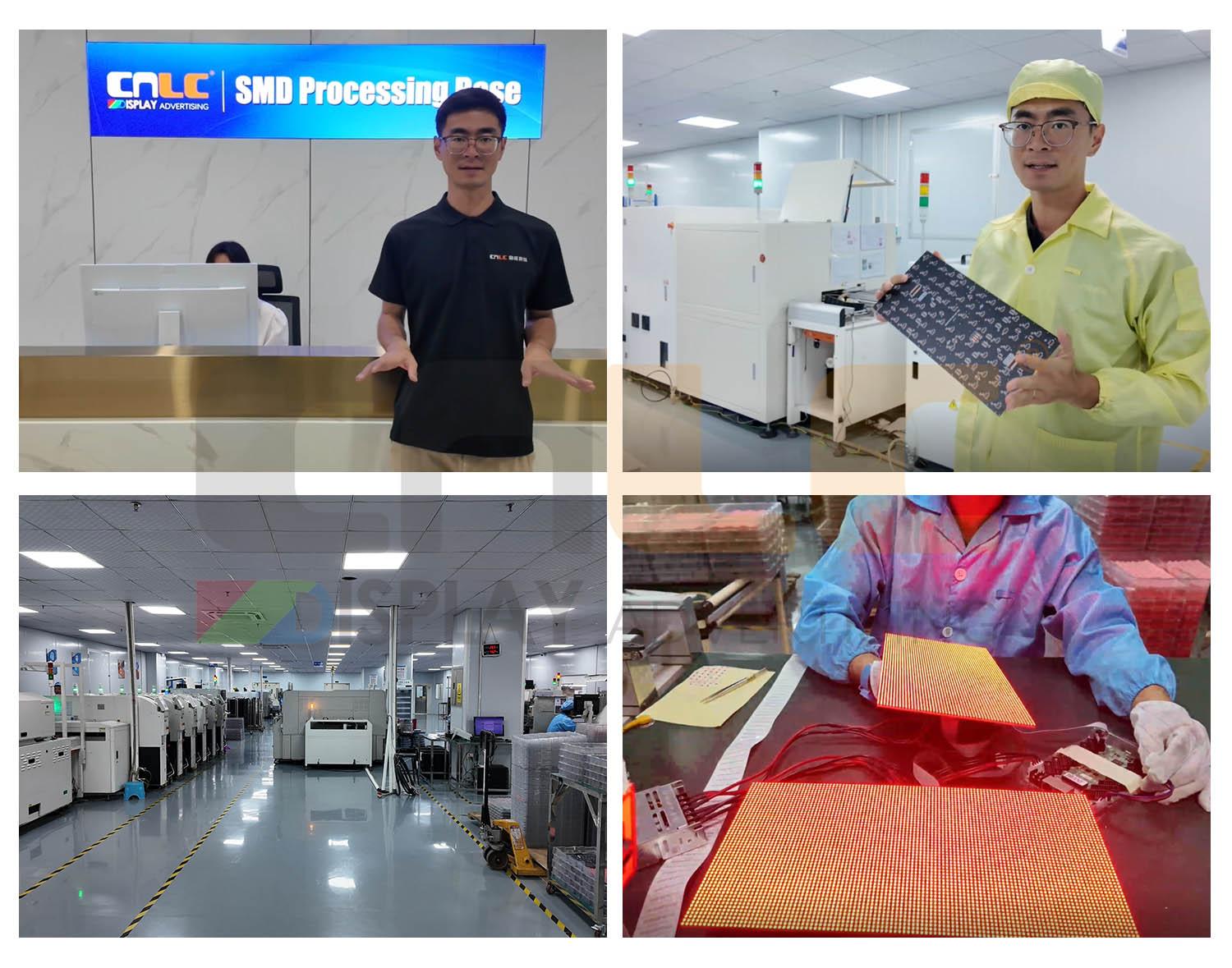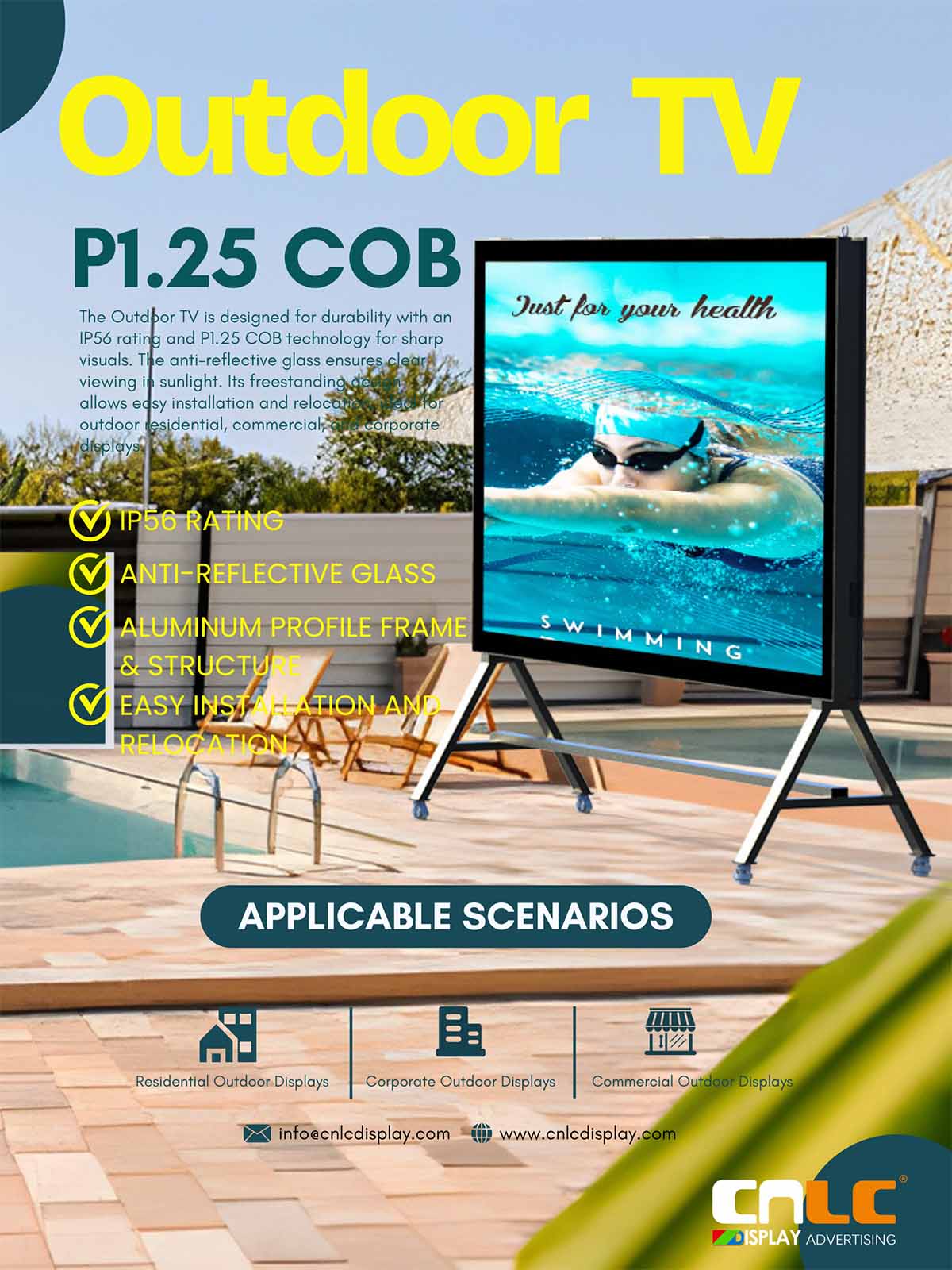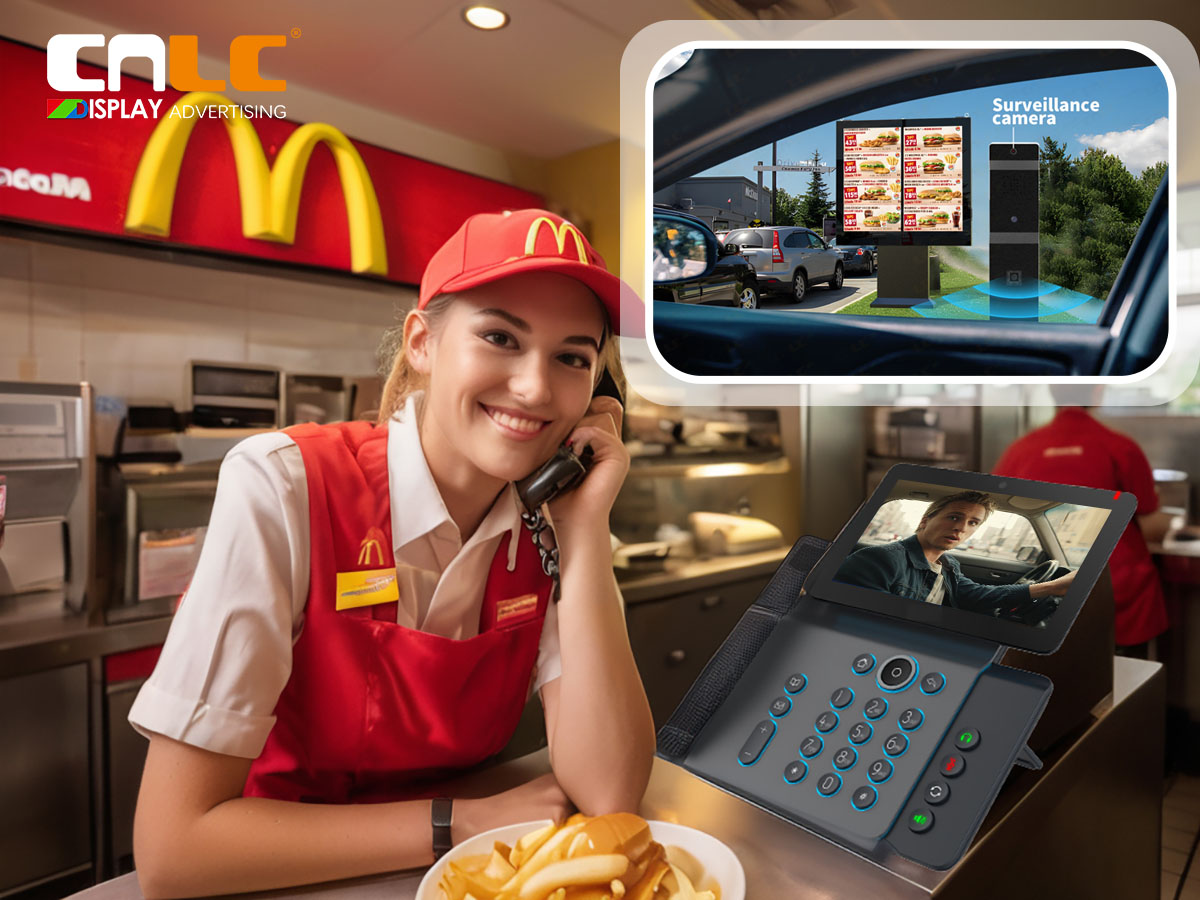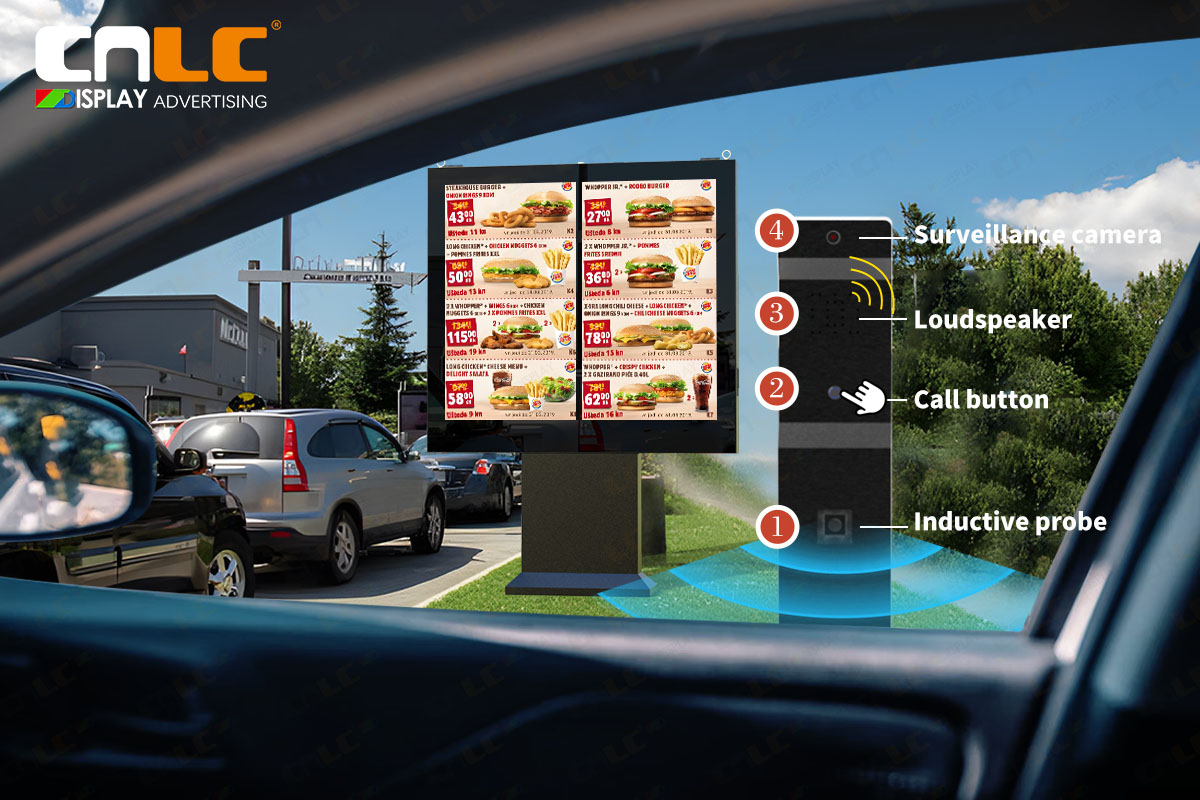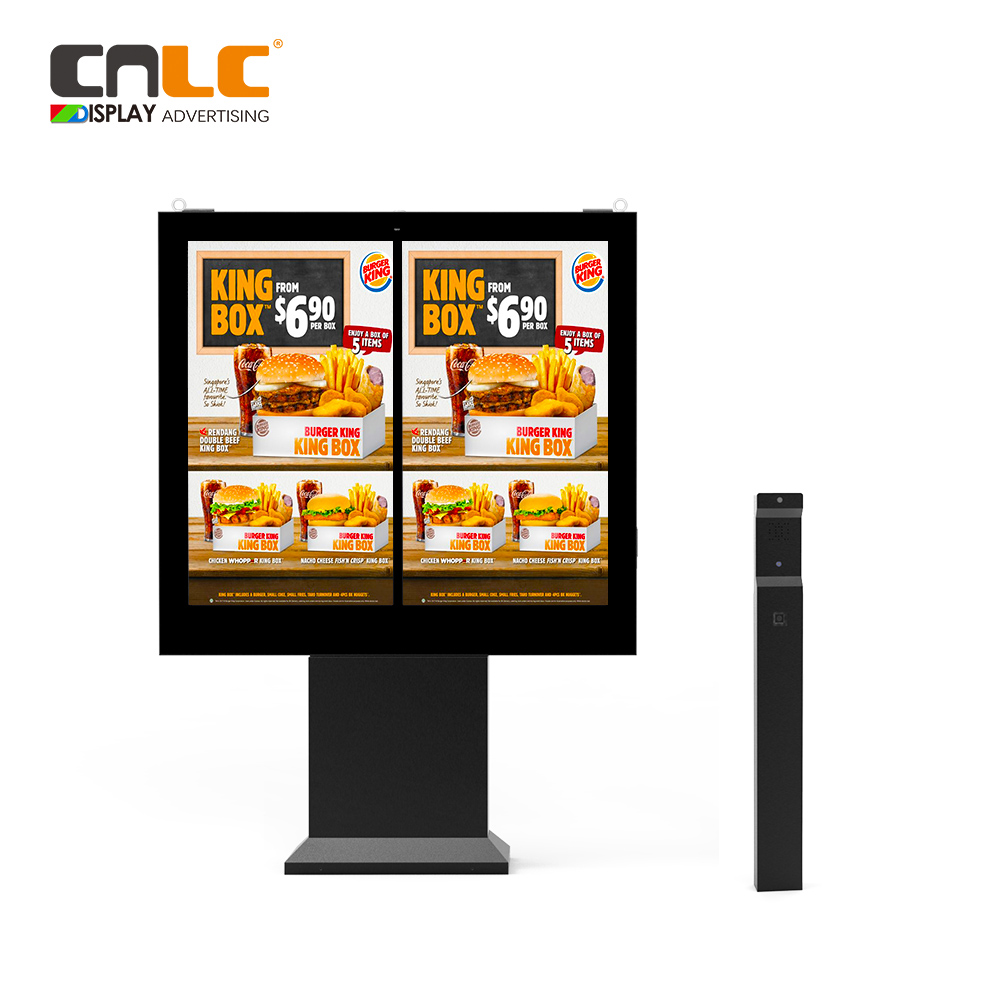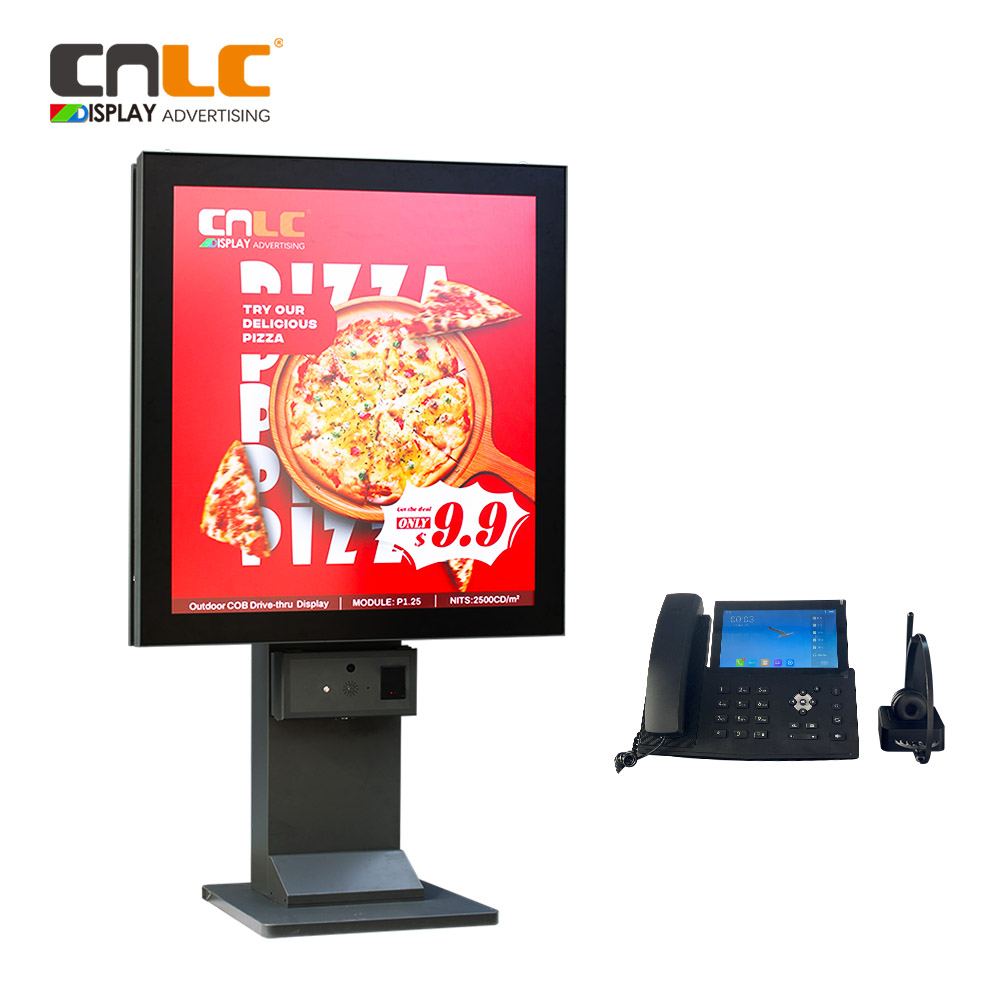In recent developments, high-performance metaverse technology has shown remarkable potential in the agricultural sector, with reported productivity gains of up to 13%. Research teams behind this advancement suggest that such improvements are only the beginning. As experts anticipate commercial implementation within the next two to three years, one foundational component emerges as critical to sustaining these complex systems—the crystal oscillator.
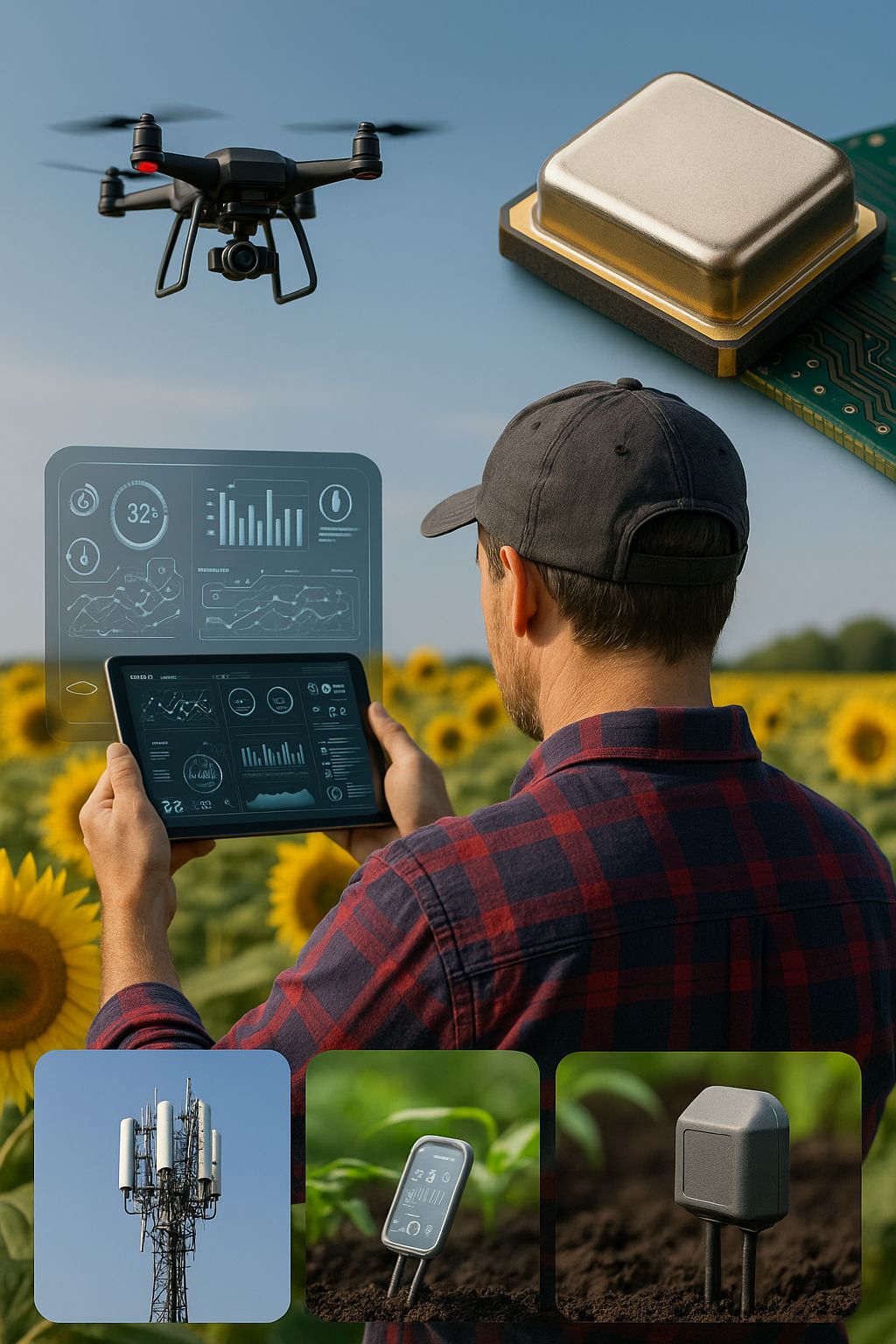
Precision Timing for Metaverse-Agriculture Integration
In metaverse-driven agricultural systems, digital twins, AI-guided robotics, and edge computing collaborate in real time to monitor, simulate, and optimize crop environments. These operations require precise time synchronization across distributed systems, which is exactly what oscillators enable. By generating stable and accurate frequency signals, oscillators allow microcontrollers and sensors to process data coherently, avoiding latency in decision-making.
For instance, autonomous drones that inspect large-scale farmlands need consistent timing signals to maintain synchronization with centralized control platforms. Here, the role of a temperature-compensated crystal oscillator (TCXO) is vital. It ensures signal integrity, even when devices are exposed to outdoor environments with wide temperature variations.
Signal Stability and Low Phase Noise
Oscillators not only provide frequency generation but also guarantee low phase noise, which is crucial in systems that rely on wireless communication. In smart agriculture powered by metaverse platforms, real-time data must flow uninterrupted between ground sensors, satellites, and cloud servers. Any signal jitter or instability may cause disruptions in AI model outputs or control commands.
Therefore, low-jitter oscillators, often built with specialized crystal-cut techniques, are favored in these deployments. Their ability to reduce frequency drift supports the long-term accuracy required for sensor fusion, image recognition, and remote machinery operations.
Supporting High-Frequency Data Environments
The metaverse is inherently a high-frequency data environment. To support 3D simulation, real-time collaboration, and machine intelligence, agricultural systems must operate across dense frequency bands. Oscillators, particularly SAW and MEMS-based types, serve as essential timing references in RF communication modules, edge servers, and embedded AI accelerators.
Moreover, as AI models are pushed to edge devices for faster response and lower bandwidth usage, oscillators ensure the internal clock domains of processors and GPUs remain stable. This enables faster inference speeds, smoother virtual renderings, and improved sensor-actuator coordination.
Enhancing Energy Efficiency
Power efficiency is a major concern in remote or off-grid agricultural sites. Oscillators, when well-matched with system requirements, contribute to lower energy consumption. For example, real-time clocks (RTCs) integrated into battery-operated soil sensors leverage ultra-low-power oscillators to maintain accurate timekeeping while extending device lifetime.
By using oscillators with optimized startup times and low drive levels, system architects can reduce power draw during both active and sleep states—making sustainable smart farming solutions more viable.
Future-Proofing Agricultural Technology
As agriculture continues to converge with virtual technologies, scalability becomes a focal challenge. Oscillators offer a modular and scalable solution to timing design. Their integration into FPGA-based control systems, sensor networks, and communication modules ensures that future upgrades—whether in AI algorithm complexity or in virtual modeling depth—can be accommodated without redesigning the entire architecture.
Experts believe that the combination of precision oscillators and real-time data systems will not only accelerate the metaverse’s impact on farming but also lead to breakthroughs in climate-resilient agriculture, vertical farming automation, and sustainable food ecosystems.
While the oscillator might seem like a humble component, its role in enabling timing precision, signal clarity, and energy optimization is indispensable. As metaverse applications in agriculture gear up for commercialization, the crystal oscillator stands as a silent yet powerful enabler—ensuring that the digital and physical layers of smart farming remain in perfect sync.
